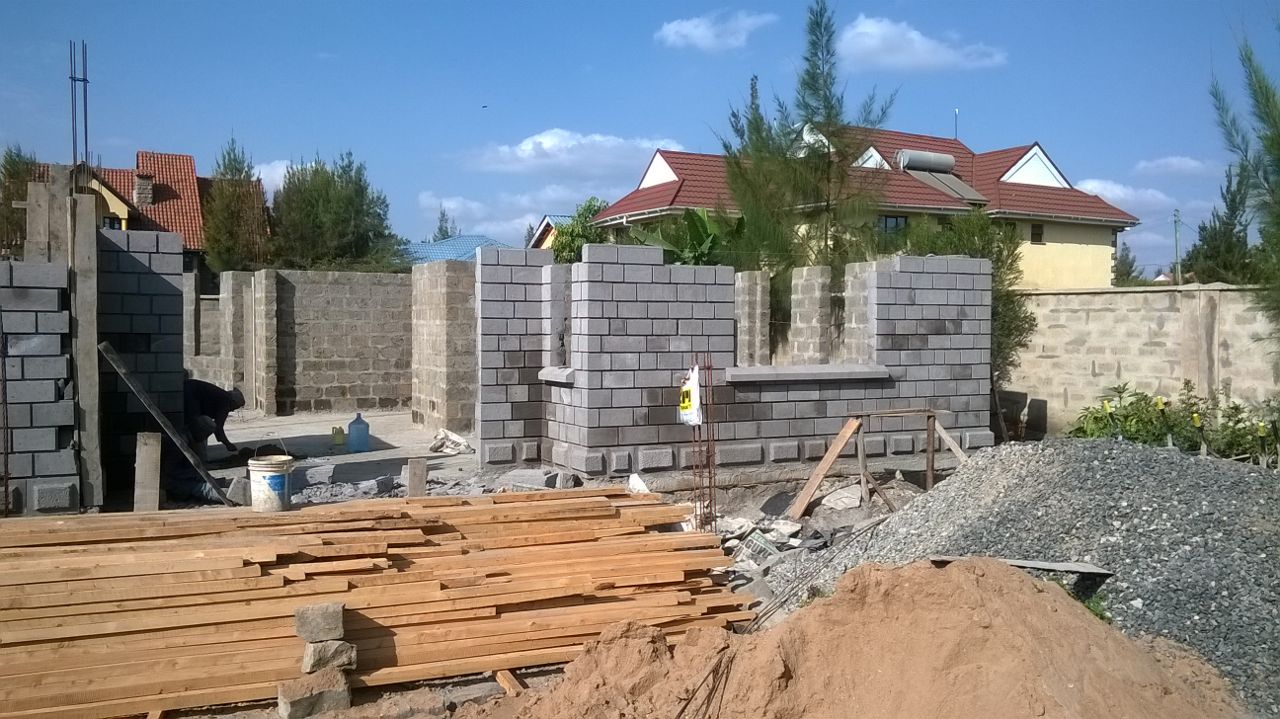As of my last update in January 2022, construction costs in Kenya were indeed on the rise due to various factors such as inflation, increases in the cost of materials, labor expenses, and regulatory changes. However, I don’t have real-time data beyond that point. Here are some factors that typically contribute to rising construction costs in Kenya:
Inflation: Increases in inflation rates can impact the cost of construction materials, equipment, and labor.
Material Costs: Fluctuations in the prices of construction materials, such as cement, steel, timber, and aggregates, can significantly affect project costs. Supply chain disruptions, changes in global demand, and currency fluctuations can contribute to these fluctuations.
Labor Costs: The cost of skilled and unskilled labor can increase due to factors such as changes in minimum wage laws, demand for skilled workers, and labor shortages.
Regulatory Changes: Changes in building codes, zoning regulations, and permit requirements can lead to additional expenses or delays in construction projects.
Infrastructure Development: Infrastructure projects and investments in transportation, utilities, and other public works can drive up demand for construction materials and labor, leading to increased costs for private construction projects.
Currency Fluctuations: Exchange rate fluctuations can impact the cost of imported construction materials and equipment, particularly if the local currency depreciates against major foreign currencies.
Market Demand: High demand for construction services in urban areas or during peak building seasons can lead to increased competition among contractors, subcontractors, and suppliers, resulting in higher prices.
Supply Chain Disruptions: Disruptions in the global supply chain, such as natural disasters, trade disputes, or pandemics (like COVID-19), can lead to shortages of construction materials or delays in delivery, driving up costs.
To address rising construction costs, developers and contractors in Kenya may need to adjust project budgets, optimize project schedules, explore alternative materials or construction methods, negotiate contracts effectively, and implement cost-saving measures where possible. Additionally, government policies aimed at stabilizing the construction sector and addressing underlying issues such as supply chain disruptions and labor shortages may help mitigate the impact of rising costs on the industry.
